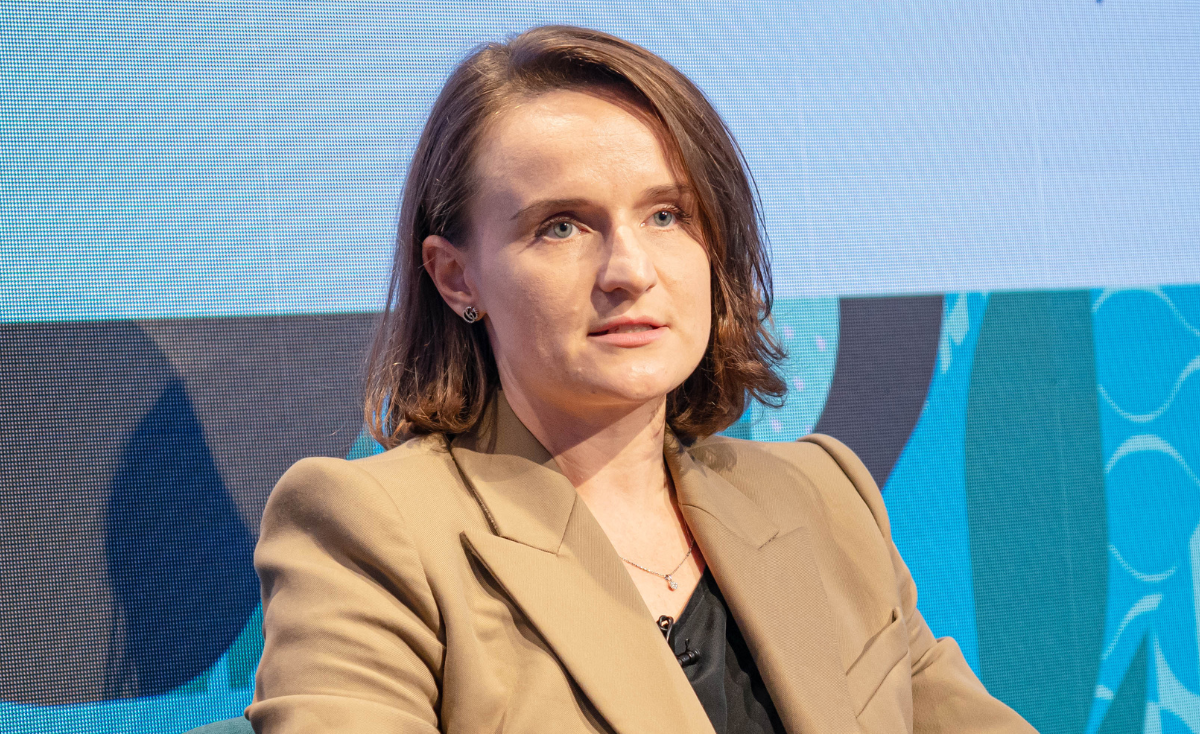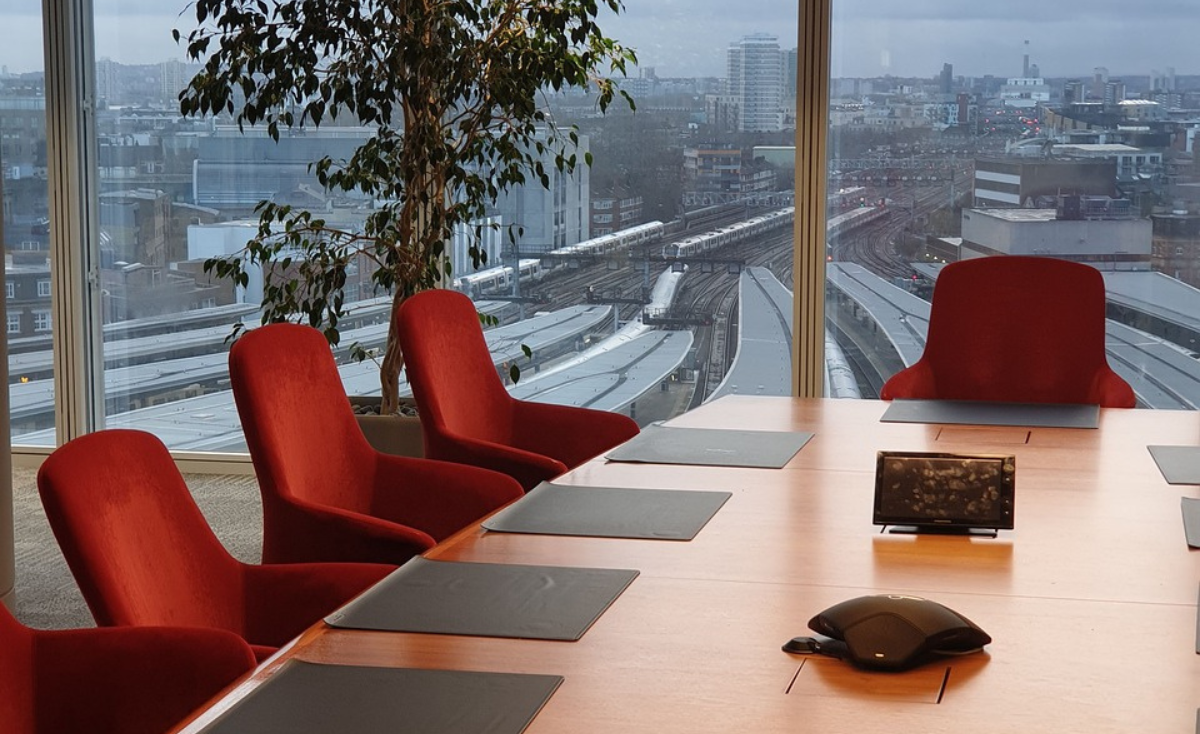What operational changes are needed to achieve sustainability-led investment decisions?
Julia Kosulko, Senior Sustainability Manager and Net Zero Lead at Nordic asset manager Infranode, discusses how the organisation is building sustainability into operations, and the benefits this shift could bring.
Andrew Putwain POSTED ON 2/26/2024 8:00:00 AM
 Julia Kosulko, Senior Sustainability Manager and Net Zero Lead at Infranode.
Julia Kosulko, Senior Sustainability Manager and Net Zero Lead at Infranode.
Andrew Putwain: Can you discuss your company's current net-zero policies and goals as well as its announcement that it plans to work toward decarbonisation by 2040? What strategy is Infranode utilising to achieve this net-zero portfolio and streamline internal operations?
Julia Kosulko: We embraced sustainability from the point of view of a fund manager and active owner and when felt we had achieved a solid foundation, we decided to undertake the commitment to work towards decarbonisation by 2040.
Net zero and climate commitments require a practical foundation. Current governmental pressure is not strong enough to achieve what’s needed, according to climate change policy scenarios by experts. So, we asked ourselves: As a responsible owner of infrastructure, what are we supposed to do to move toward decarbonisation?
"It’s a multi-stepped process because it’s nearly impossible to secure asset value without thinking about sustainability from the outset."
If we think about long-term ownership – which, for us, is 25 years – we need to ask if businesses can remain relevant by 2040 if they are not on the path to decarbonisation. Our conclusion was that our assets need to be on the path to decarbonisation, from our perspective as responsible owners and because of our promise to investors to secure portfolio value. There’s no other way.
We’re in a good position to have a say in the sustainability priorities of our assets. We are active owners through board work and shareholder dialogue. Our ownership strategy allows us to think long-term and we want to commit to something we can control over time – such as our own efforts.
In terms of operational changes, we’ve taken several steps to accelerate our sustainability agenda as a company. At the fund level, we’ve looked at what sustainability means as a part of governance. What does it mean when we enter a new ownership era for our assets?
Sustainability is part of our shareholder agreements and business plans. When we discuss entering into co-ownership of an asset, sustainability is one of the priorities. It’s a multi-stepped process because it’s nearly impossible to secure asset value without thinking about sustainability from the outset.
The other aspect is ensuring the operational governance of an asset. Over the last two years, we have increased efforts there. Now, on the boards we are on, they have sustainability in their annual reviews and there’s a push in that direction. Where relevant, CEOs have sustainability performance targets as part of their evaluation. This can then move to other parts of their organisation. We see sustainability as integral to risk assessment and performance presentation by the management team, which also is integral to KPIs.
"There is a component of training, provision of tools, and setting priorities for the management team of our assets. Then we need to learn how we can track progress and what it means."
We are committed to collecting real data from our assets. Knowing where we are and tracking progress enables us to take the next step based on facts and trace current spending on sustainability for each asset, as opposed to making assumptions, acknowledging data gaps, or buying data estimates from suppliers.
In practice, this means we utilise many processes. There is a component of training, provision of tools, and setting priorities for the management team of our assets. Then we need to learn how we can track progress and what it means.
In some cases, a provision of tools enables the tracing of Scope 3 emissions. This is something everyone has struggled with. If we’re talking about infrastructure – usually in a company with a heavy asset base and rather few full-time employees with dedicated tasks – then we need to support that team. That support should come from owners who provide solutions for specific knowledge and tool gaps.
These strategies have allowed us to understand where the CO₂ is in the portfolio, which is where the efforts to decarbonise should be. It’s the combined readiness of the portfolio alongside our understanding of externalities, such as markets and asset-value development, and team engagement that enable us to make this commitment to work towards decarbonisation.
Andrew: You mentioned that there is no government pressure yet to become net-zero. Was there no sense that the government, either in Sweden or the EU, wanted to facilitate this shift?
Julia: There is political pressure but not regulatory pressure. In Sweden, we have high-level discussions about decarbonisation – and our government issued its climate plan, which is more of a political statement – but we haven't seen those political ambitions translated to regulatory pressure for any of the sectors in which we operate.
But seeing how we’re moving toward decarbonisation, I wouldn't be surprised if, in three to five years, certain pressures start appearing especially in the most impacted sectors.
Andrew: What are the operational hurdles to achieving these goals? Can you give us an overview of middle- and back-office shifts, as well as what you're seeing from a data/IT perspective?
Julia: We established the data flow and set it up before we went into commitments. It meant that we needed to understand where the greenhouse gas emissions were in the portfolio. In terms of infrastructure, traditionally, all assets falling under CO₂ emissions Scope 1 are following environmental standards in their countries, so we don't have concerns around Scope 1. The portfolio companies have been doing it for decades.
"We had to make sure that our setup enabled us to trace greenhouse gas emissions, but we didn't need to invest in anything expensive or complicated to do so."
For Scope 2 and Scope 3, we provided a portal for those companies to calculate their numbers. Because we are active owners, we receive information from our portfolio companies directly – the same type of information we receive on their financial and operational progress – so sustainability is now part of this data flow.
We also have a portfolio monitoring system, which covers operational and financial performance. We had to make sure that our setup enabled us to trace greenhouse gas emissions, but we didn't need to invest in anything expensive or complicated to do so.
Andrew: Infranode has announced a shift from being a data-focused company to a performance-focused company. Can you elaborate on this shift and what it means internally? How will it facilitate net-zero and decarbonisation strategies?
Julia: Many are still focused on perfect and precise data, which I am not sure I fully agree with; I see a focus on data precision being a barrier towards progress.
We’re focused on establishing operational sustainability at the asset level and finding the different gaps in the data we need. We've been using GRESB as a tool to assess portfolio governance – to see what’s missing or needs improvement. With our governance meeting the highest international standards, as assessed by GRESB, it was time to focus on performance and what can be done to minimise the impact on the planet.
Andrew: Infranode has an active ownership model, which involves sitting on boards as both majority and minority owners. How do you expect the operational changes to work when taking active ownership into consideration?
Julia: Active ownership is an important component when considering net-zero plans. We’re not always the sole owner of an asset, but when we are in that position, it's much easier to drive our agenda.
"The first step, and perhaps the biggest operational change for our portfolios, is the development of roadmaps to net zero."
When we’re in a co-ownership, however, we start from a dialogue with our partners and co-owners, because it’s essential that we share the same view and priority so we can make aligned governance decisions. As we consider the sustainability priorities of co-owners with whom we enter a partnership, we are finding ourselves to be in a good position with the Net Zero commitment as we see that our partners share our values and decarbonisation priority.
The first step, and perhaps the biggest operational change for our portfolios, is the development of roadmaps to net zero. The roadmaps are the course of action that brings you from point A to B, with A being the current emission profile and B being the target emission profile. Our portfolios are in the best possession of local knowledge when it comes to decarbonisation opportunities. This is why we intend to empower them with a methodology on how to develop practical roadmaps unlocking decarbonisation opportunities seen by them - as opposed to telling them what to do.
Andrew: What about the culture and people management aspects of achieving these goals?
Julia: It’s important to ensure that everyone on a team is working toward the same goal because decarbonisation isn’t something that can be forced. It requires a united team that sees value in progress toward a shared vision.
We’ve looked at different potential scenarios and received extra support to investigate various risks, for example. As mentioned, we ask about the implications for our investment and ownership strategy – as well as more practical things, such as how do we book it?
We discuss these things as a team and amongst people who work with specific sectors as well as the larger management teams and the board. We need the bigger picture and the strategic lens.
Luckily, we found there was widespread agreement. Decarbonisation is the direction in which the industry is heading, and we need to be part of that journey.
Please Sign In or Register to leave a Comment.
SUBSCRIBE
Get the recent popular stories straight into your inbox







